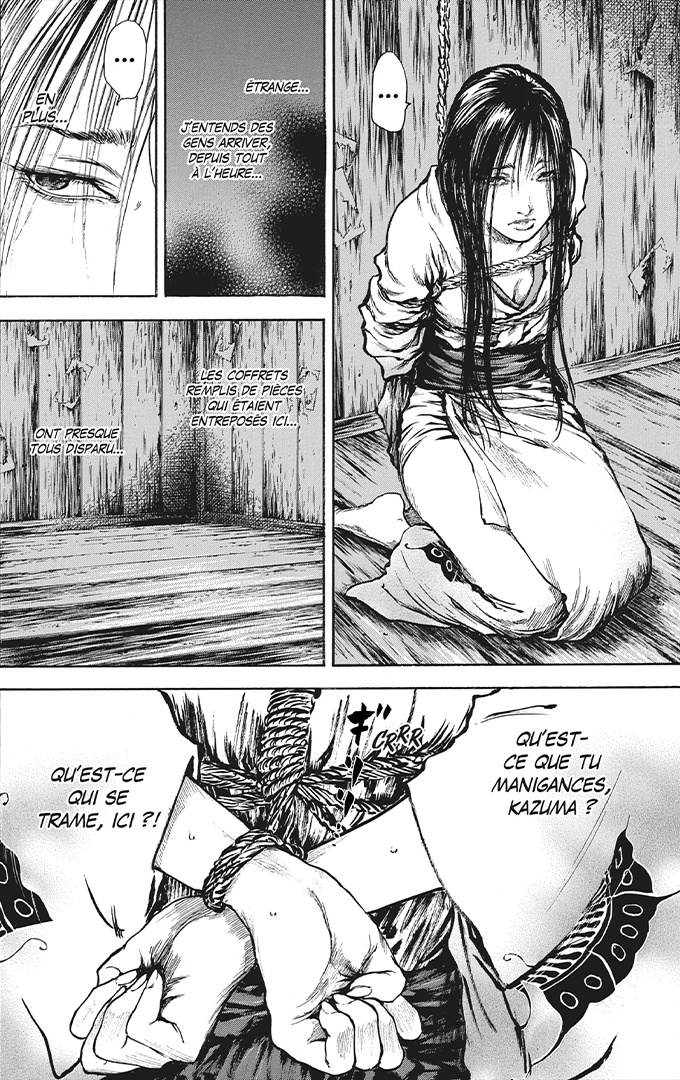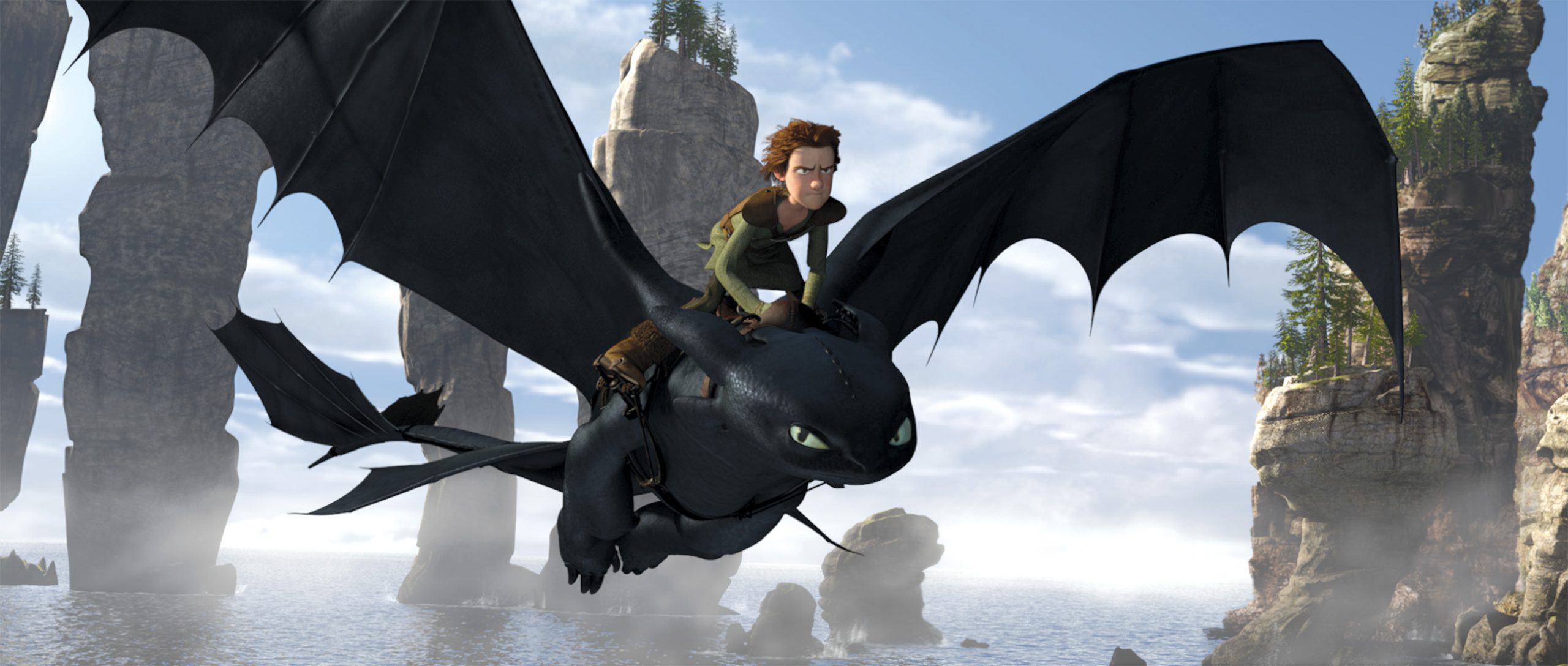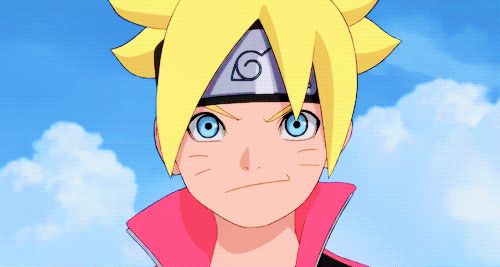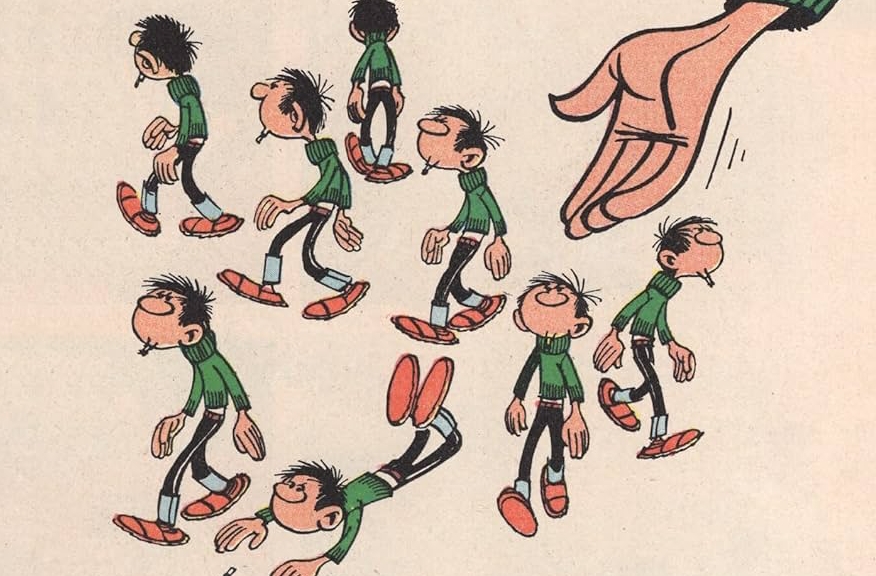In the previous volume of Butterfly Beast, Ochō had to fight against both a group of samurai and a Christian sect. Faced with these two coalition groups, she could not impose herself and found herself a prisoner. Is this the end for the spy courtesan?
Alone against all

In the opening of volume three of Butterfly Beast, Ochō is tied up. Despite this perilous situation, Ochô resists and tries to regain control… She was betrayed by her partner Raizô who, having passed into the Reprobate camp, is under the influence of the priest Jihyôe Kintsuba. The latter federates around him the persecuted Catholics and he allies himself with the rebel soldiers of Kazuma.
Even if this alliance between soldiers turned killers and pacifist Christians may seem surprising, it works. Recruiting more and more former soldiers, the group of ronin comes out of hiding and declares war on spies. The Catholic sect gathers its followers en masse around the capital. Kintsuba is opposed to violence, but his ally manipulates him to spark a millenarian insurgency.
This volume again presents the context of the post-civil war period. Shinobi are happy to return to the fight regardless of the cause. Butterfly Beast also shows a period of westernization of the archipelago. Japanese converts to Christianity as a result of Spanish and Portuguese missions. We discover the hypocrisy of the papacy which is aware of the massacres, but does nothing. This revolt also (and especially) has a social cause. It is a union of the excluded with courtesans, peasants and ronins. Christians are the poorest, because they are seduced by the egalitarian message and paradise for all.
The writer and artist Yuka Nagate makes us understand this through dialogues, but without ever making it a heavy history lesson. Butterfly Beast follows above all the adventures of Ochô. In the same way, Nagate modifies its visual narrative according to the narrative. In this volume, there are fewer sets and more refined scenes during the night fights, but the cartoonist does very well with a cutting of the pages that leaves the mystery dragging.
The end of the shogun?

The crisis does not only concern Ochô but the entire Yoshiwara network. The gravity of the situation pushes Boss Jin'Emon to act for the first time. He intends to use an asset: Ferreira, a former priest who has passed into the campus of power. This Westerner transmits his teaching to spies to understand the mentality of Christians and to anticipate accordingly the best strategy. Butterfly Beast is a magnificent spy series that never ceases to play on dual identity.
Since the beginning of the series, the reader knows that Ochô is both a courtesan and a spy, but she is not the only one. Raizo the hunter is also Fabian the Christian. Kazuma is a ruthless criminal and Ochō's former friend. It is discovered that even the head of the spy ring had an unexpected past. Everyone is torn between their personal desire and reason of state. Can a hunter have a soul or should he put his mission first?
On this tension between identities will depend the outcome of the conspiracy, because everyone navigates between lies and truth, fidelity and betrayal. Spies acting for power are the most liars while shinobis respect the morality of the criminal. However, everything can change in one box…A recent revolt has a personal cause: an old betrayal is revealed while another embodies a new strategy rather than a change of purpose.
In this new volume, Butterfly Beast continues to be a veritable page turner, a breathless tale where several exciting characters are threatened from the outside, but also plagued by internal moral crises. Edited with talent by Mangetsu, the series is also much more complex by portraying a time when some agents of the state are less honest than the mobsters. But is it really a series about the past?
If you want to learn more about this series, you can read the chronicles on the previous volume and on the first volume.








































